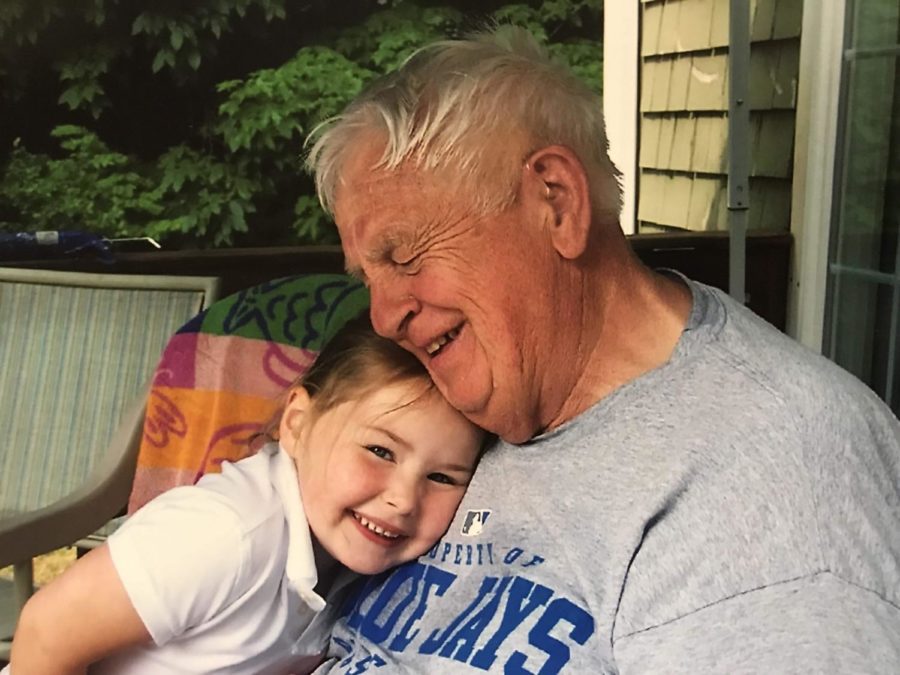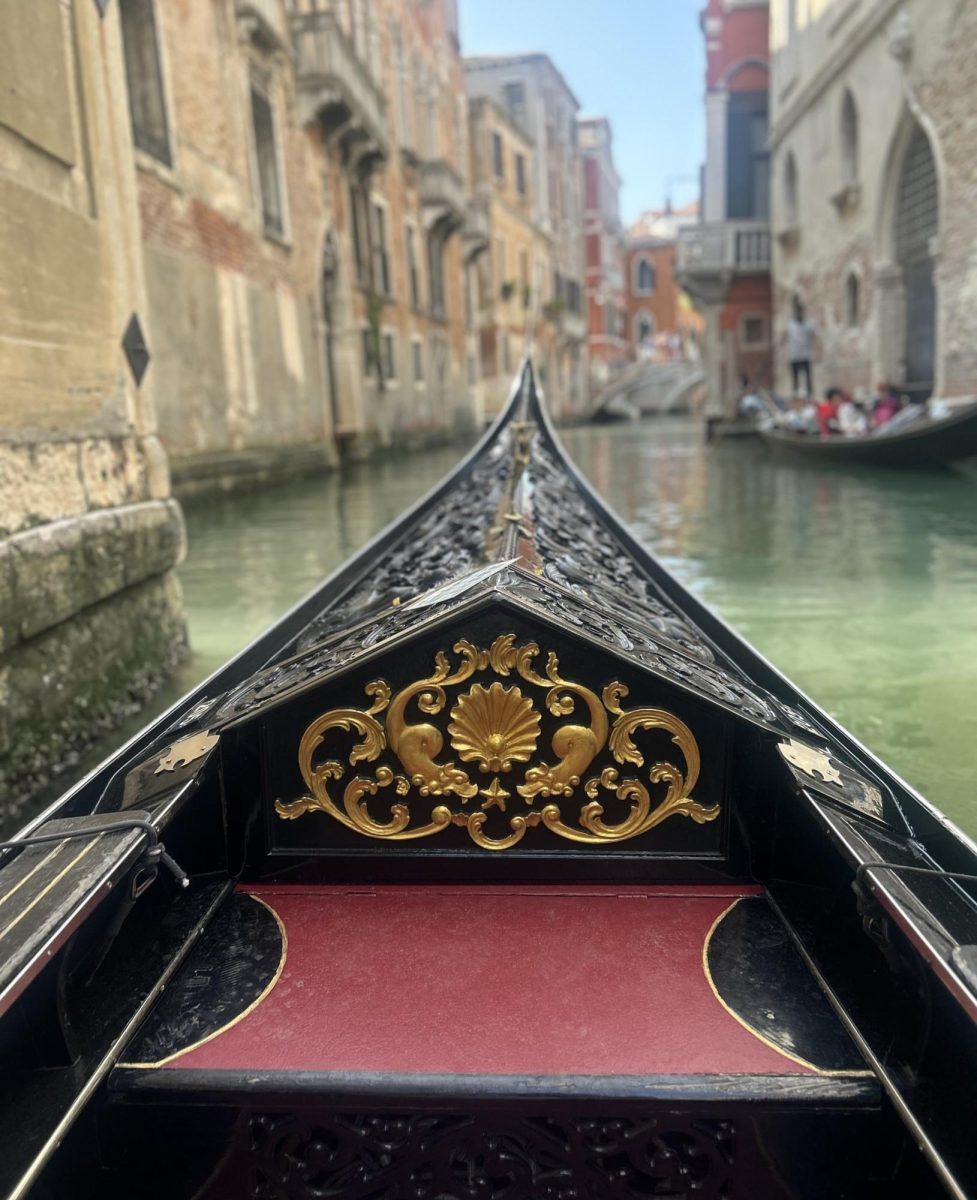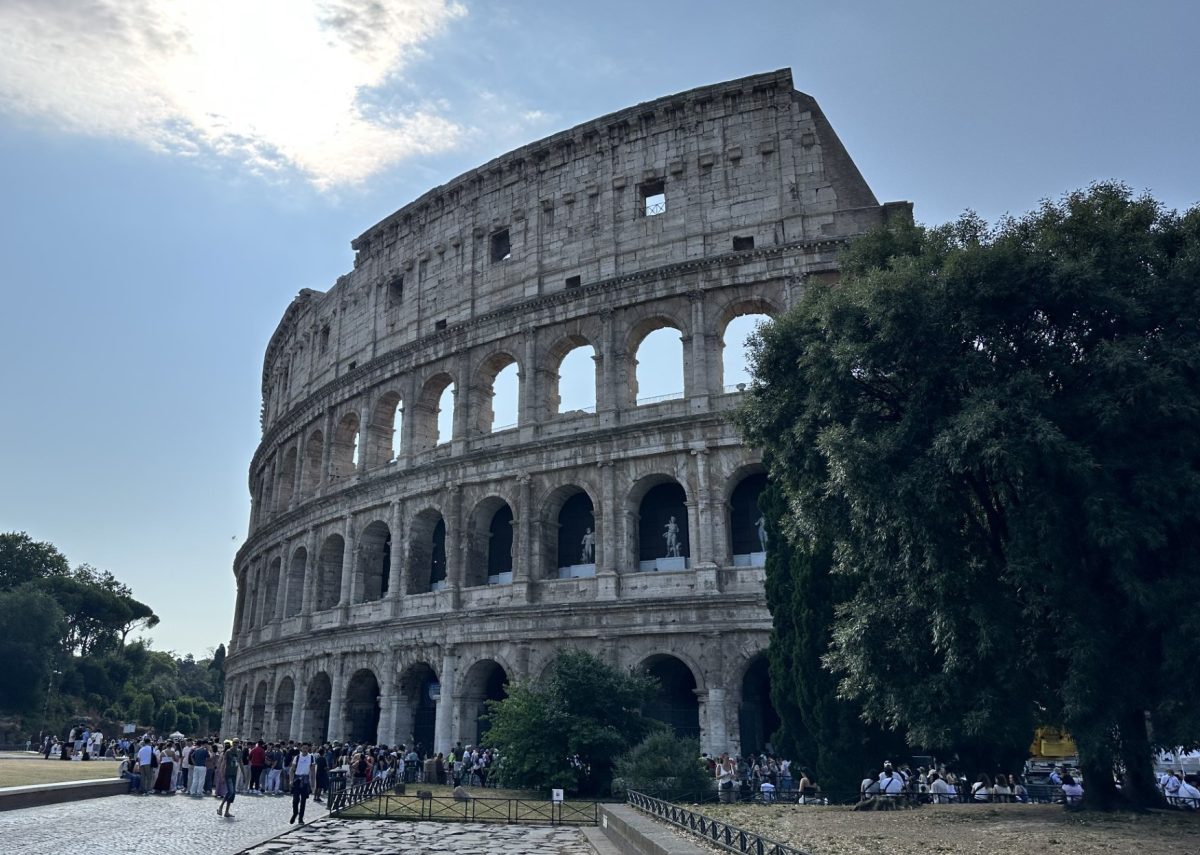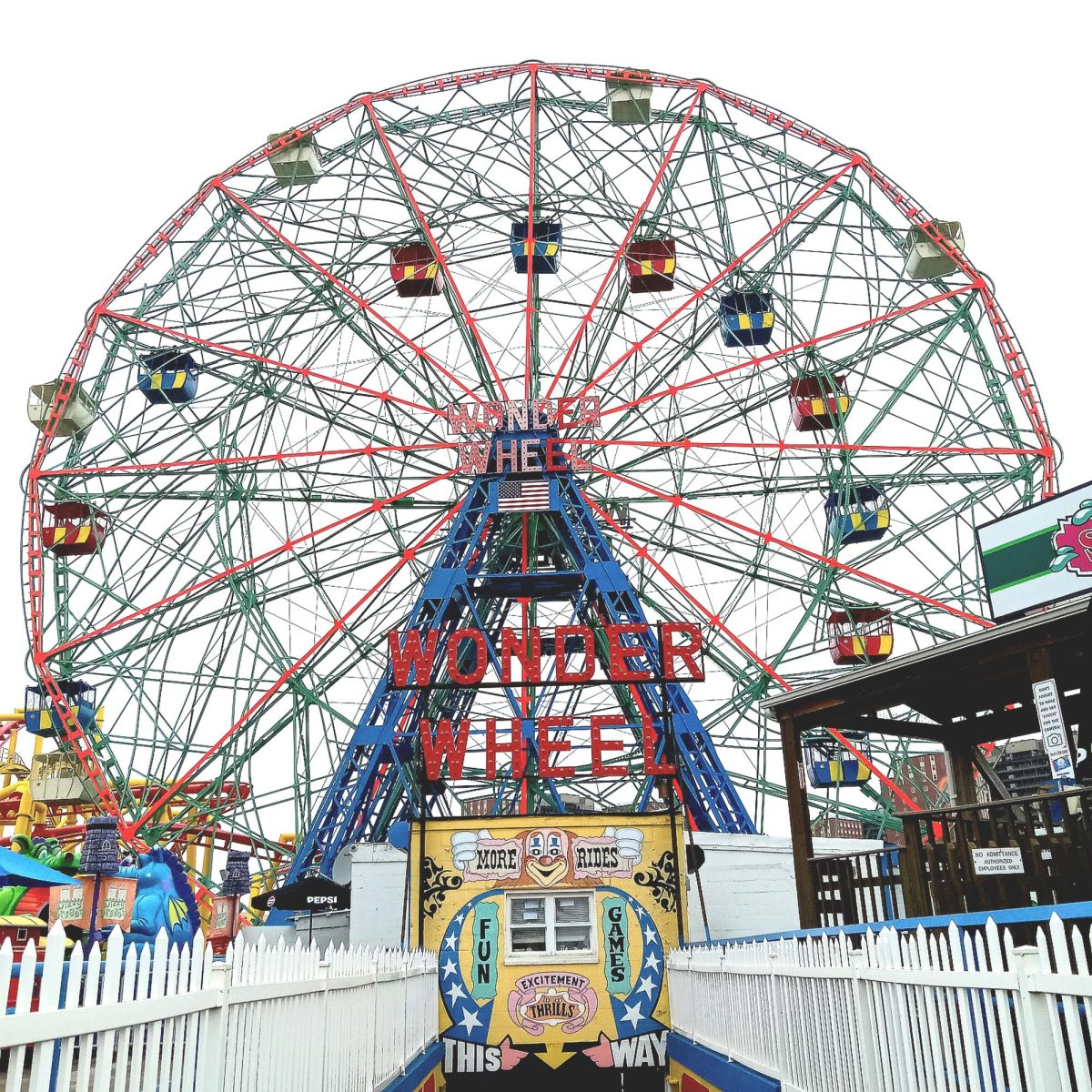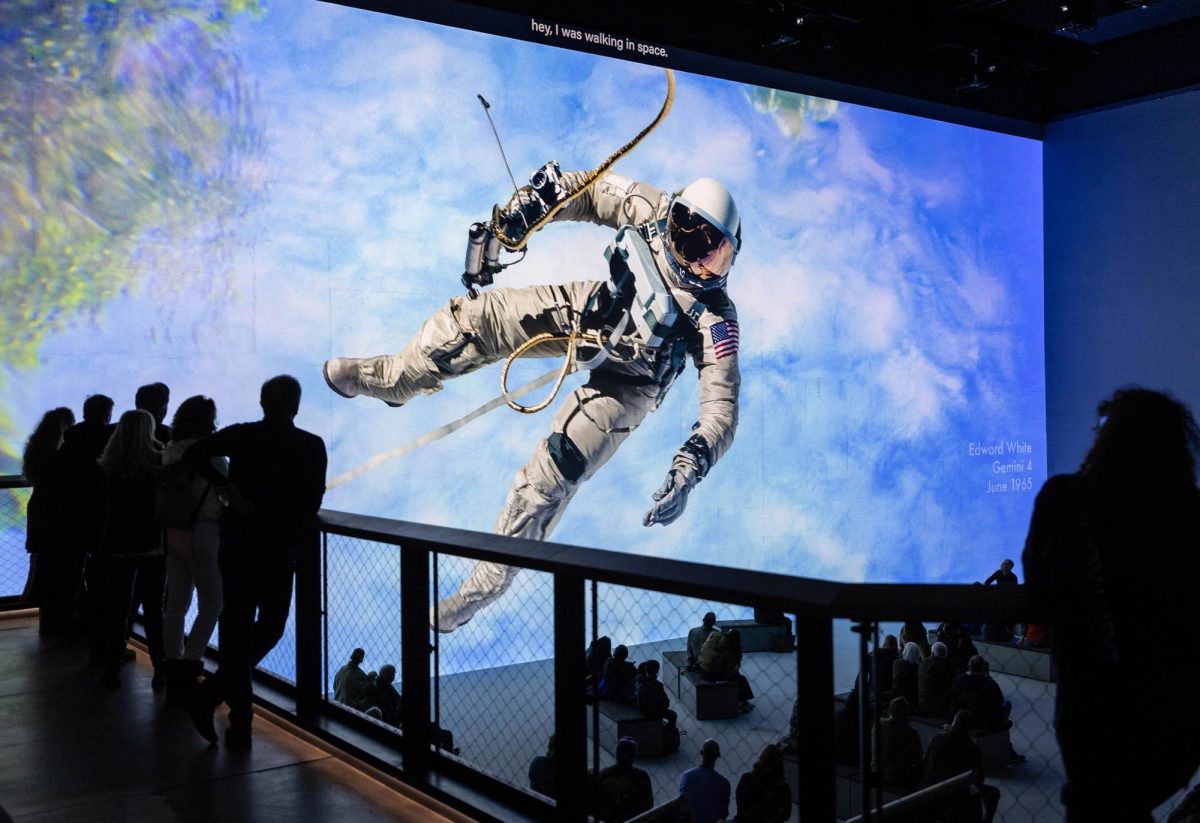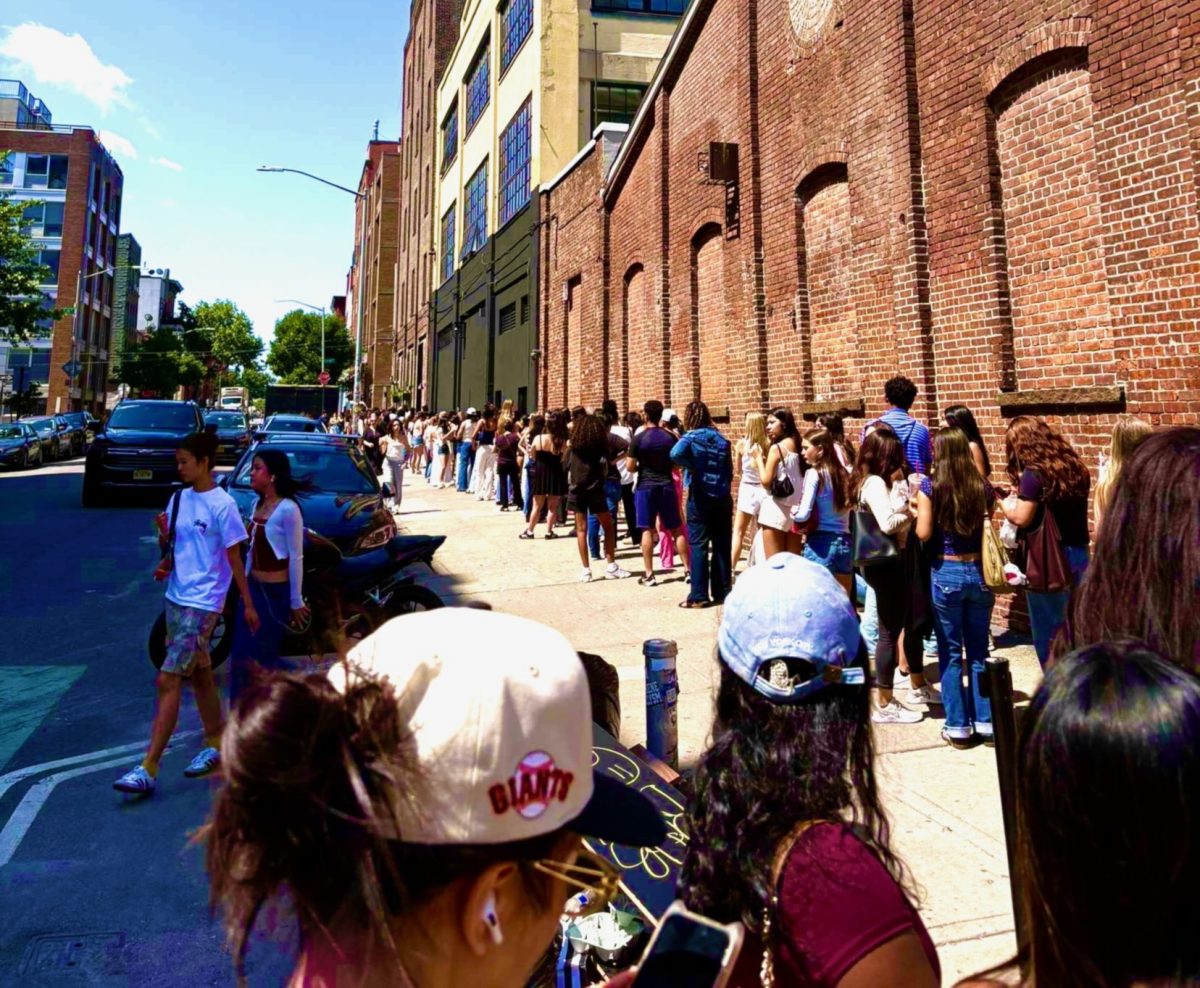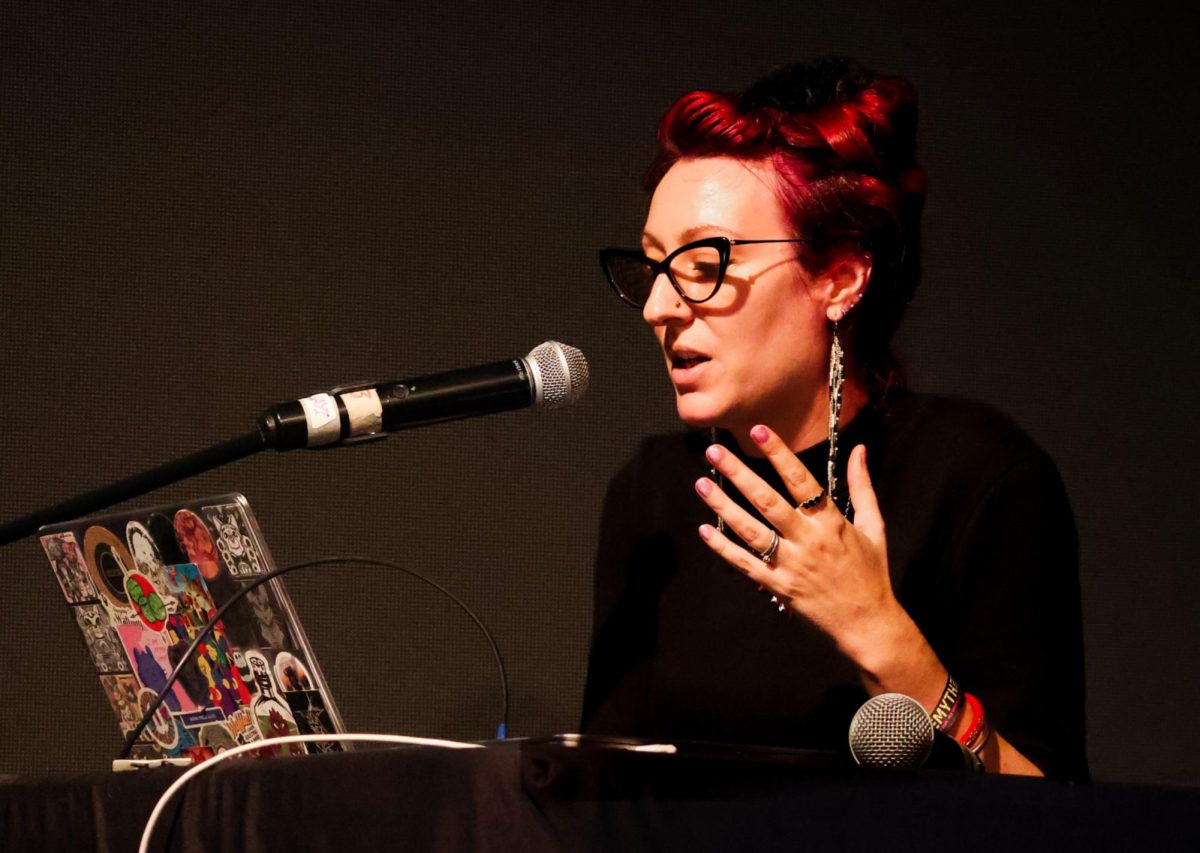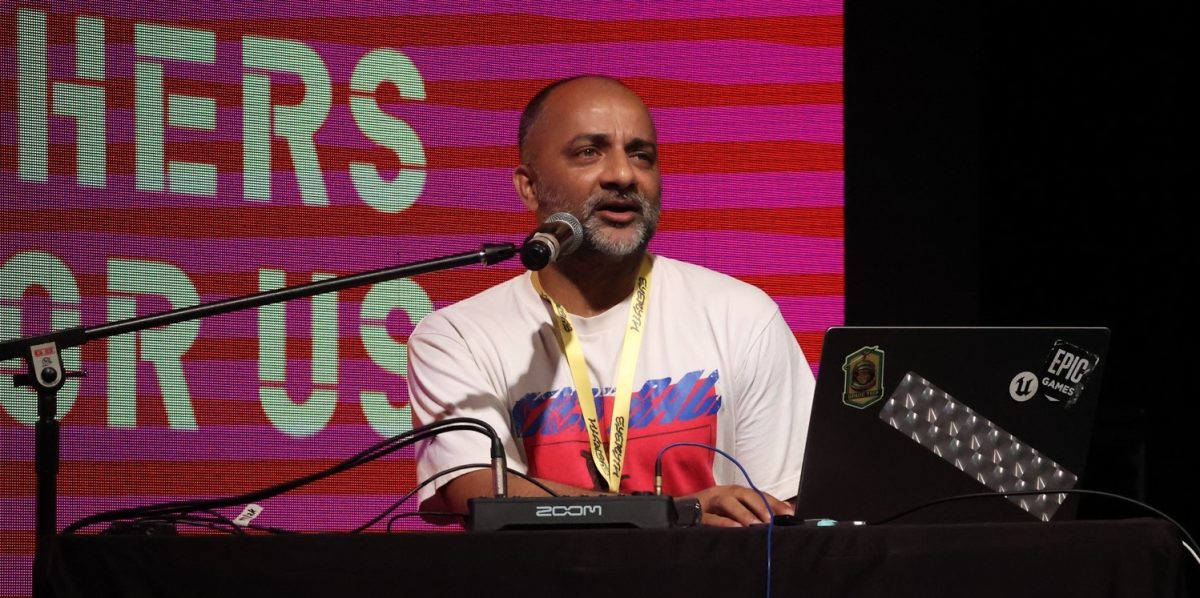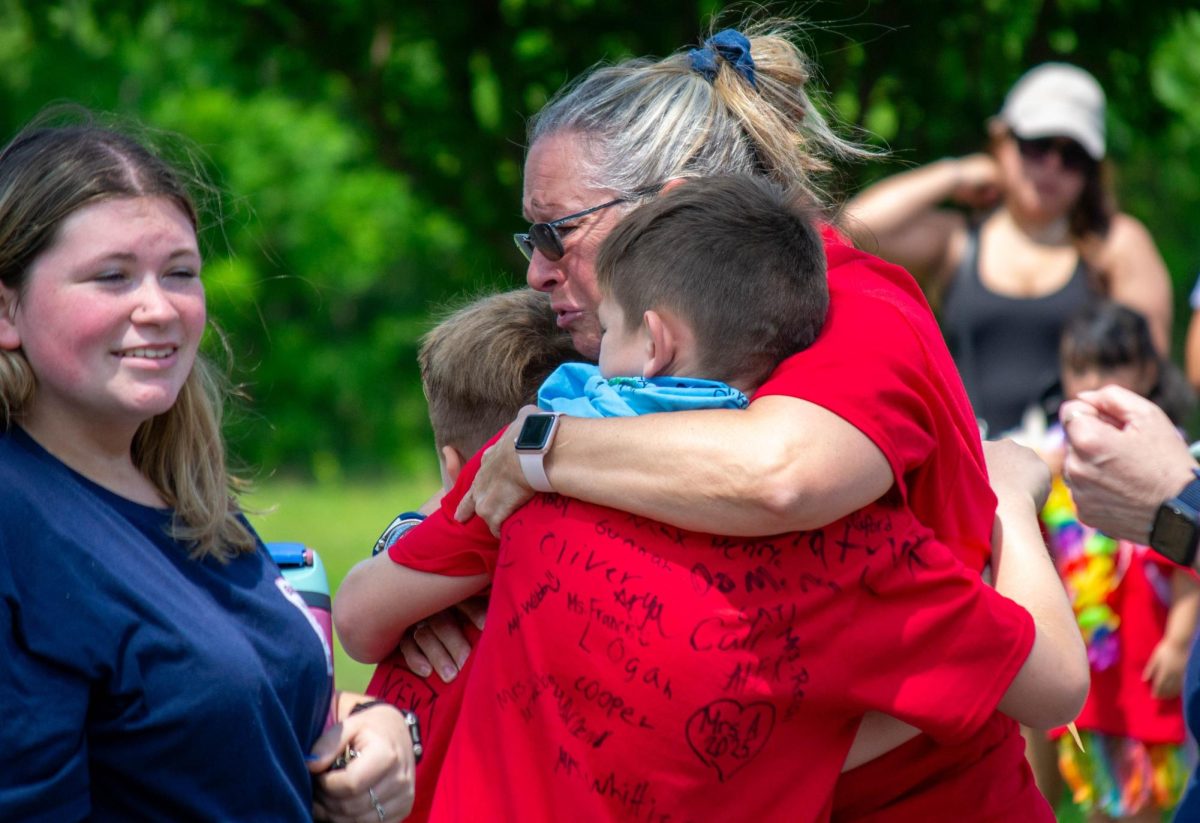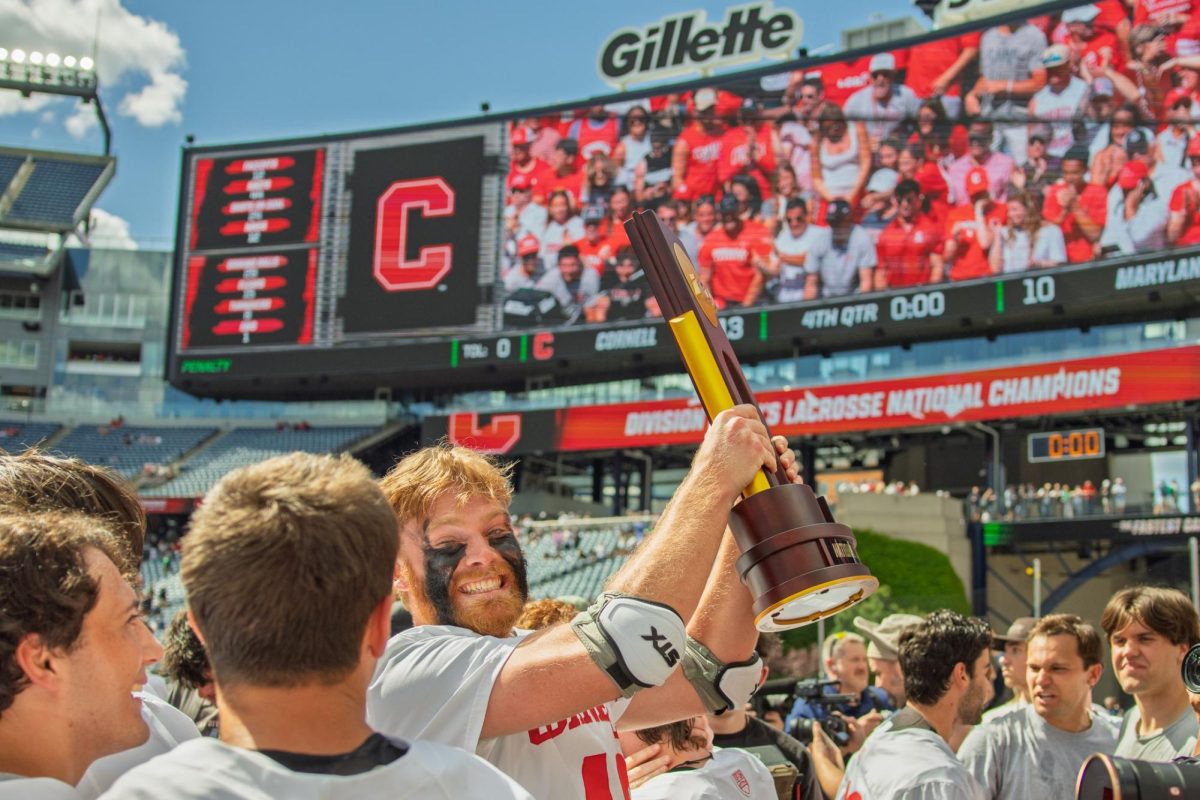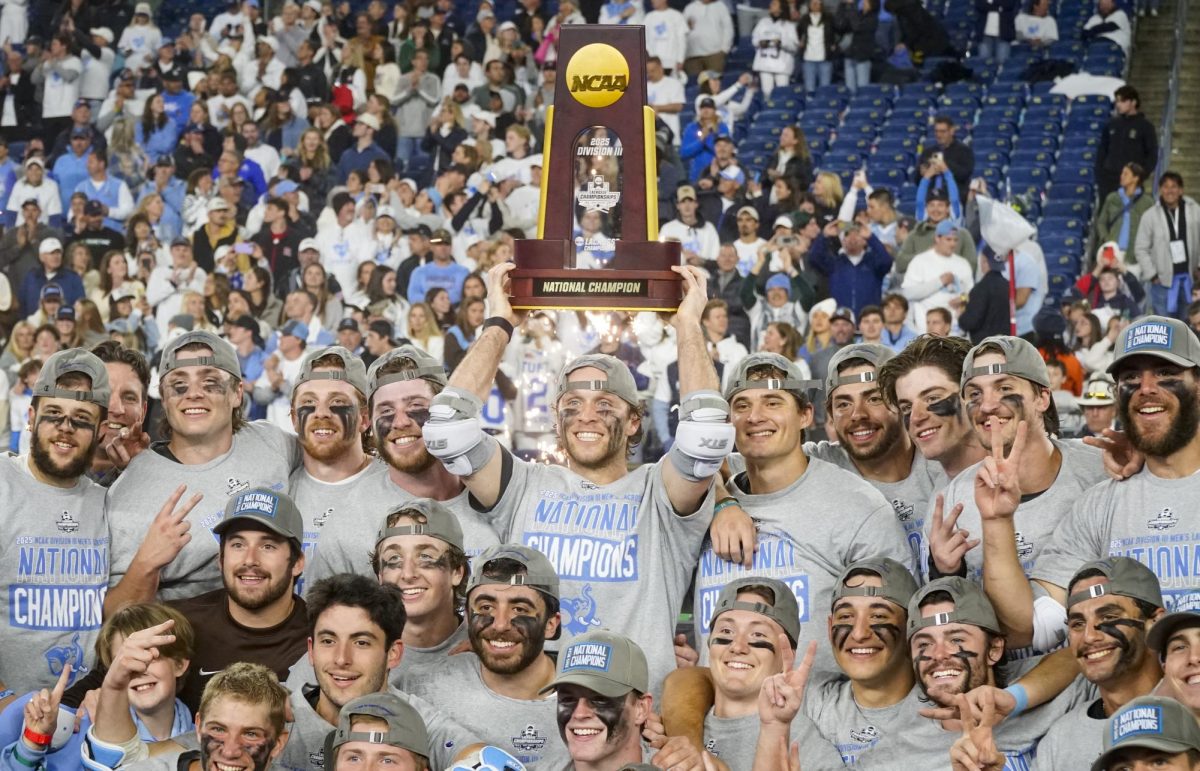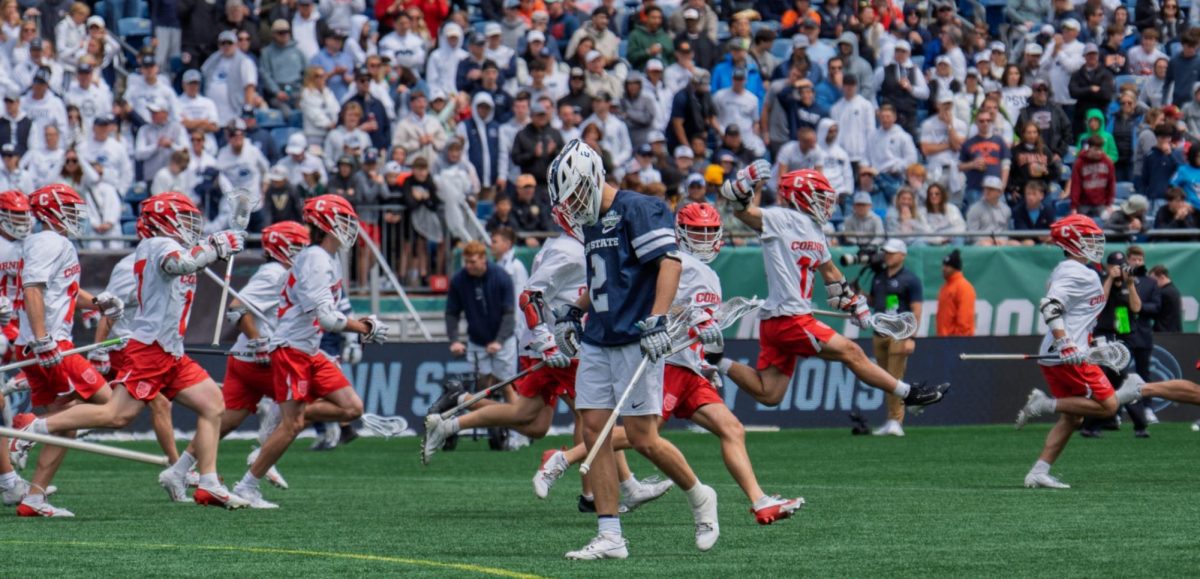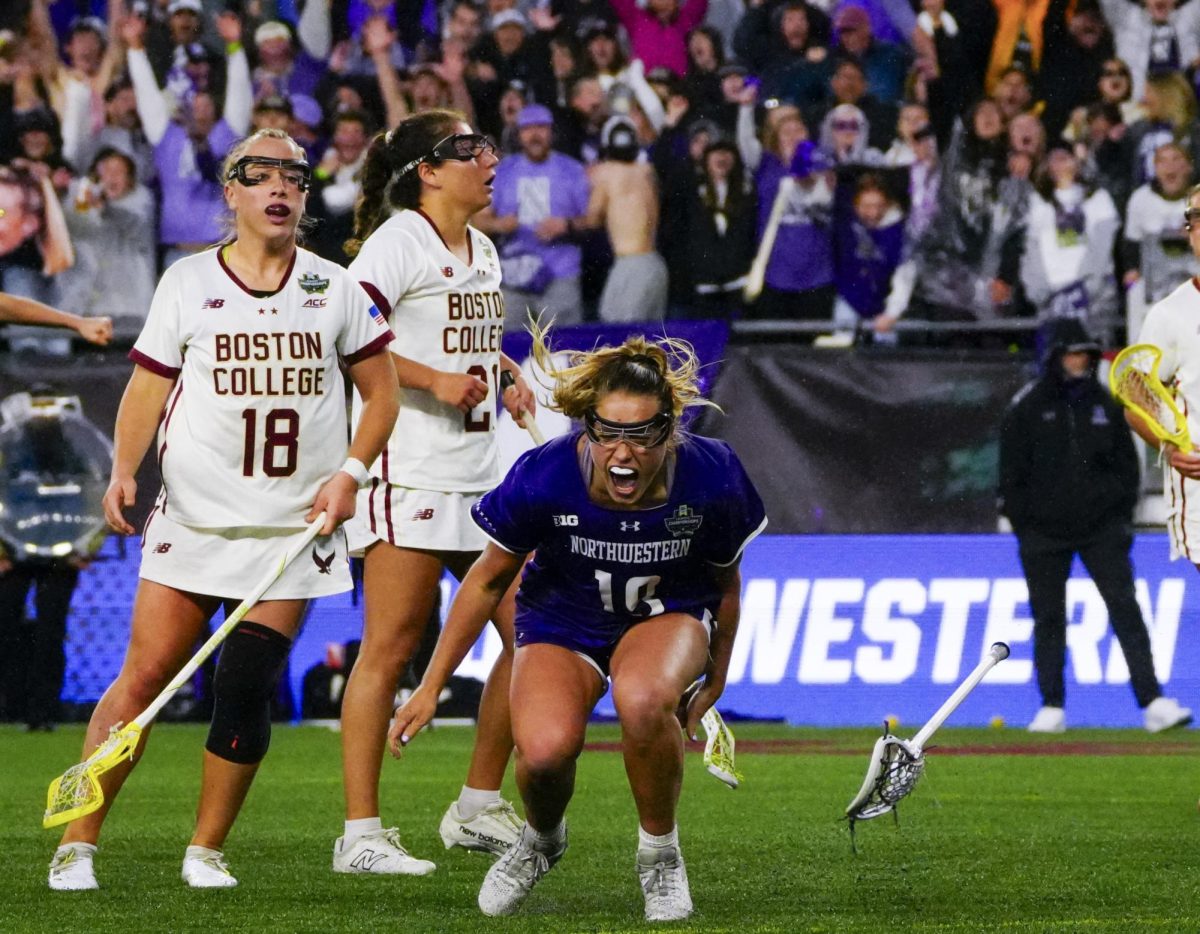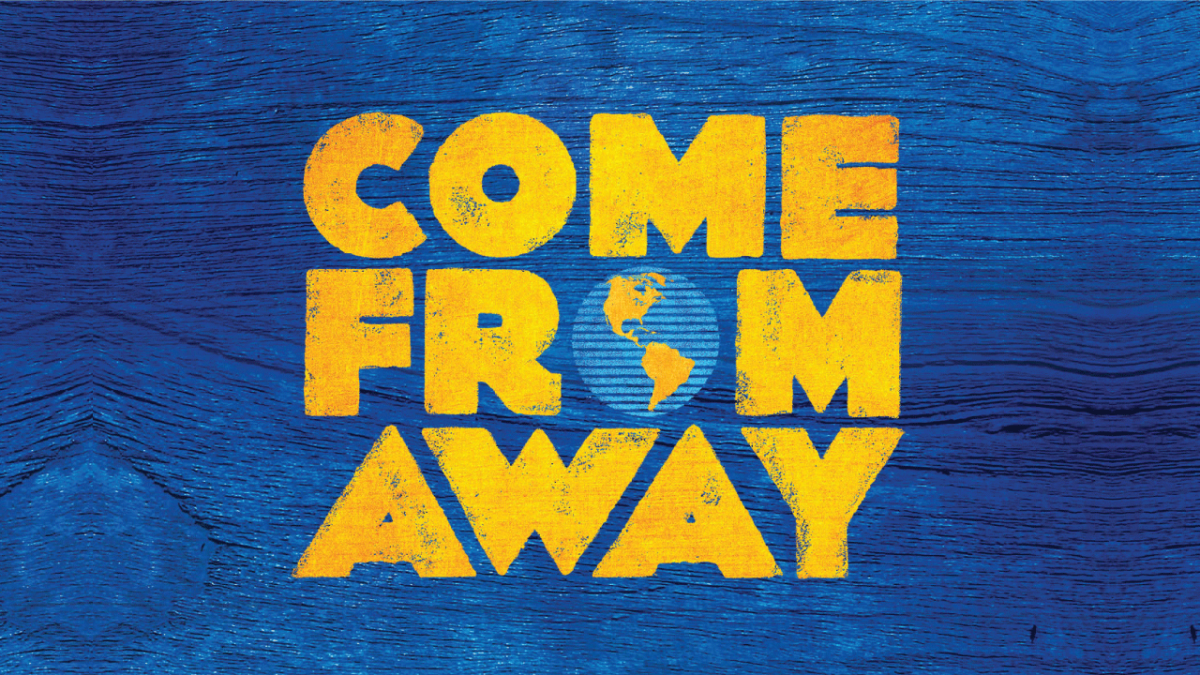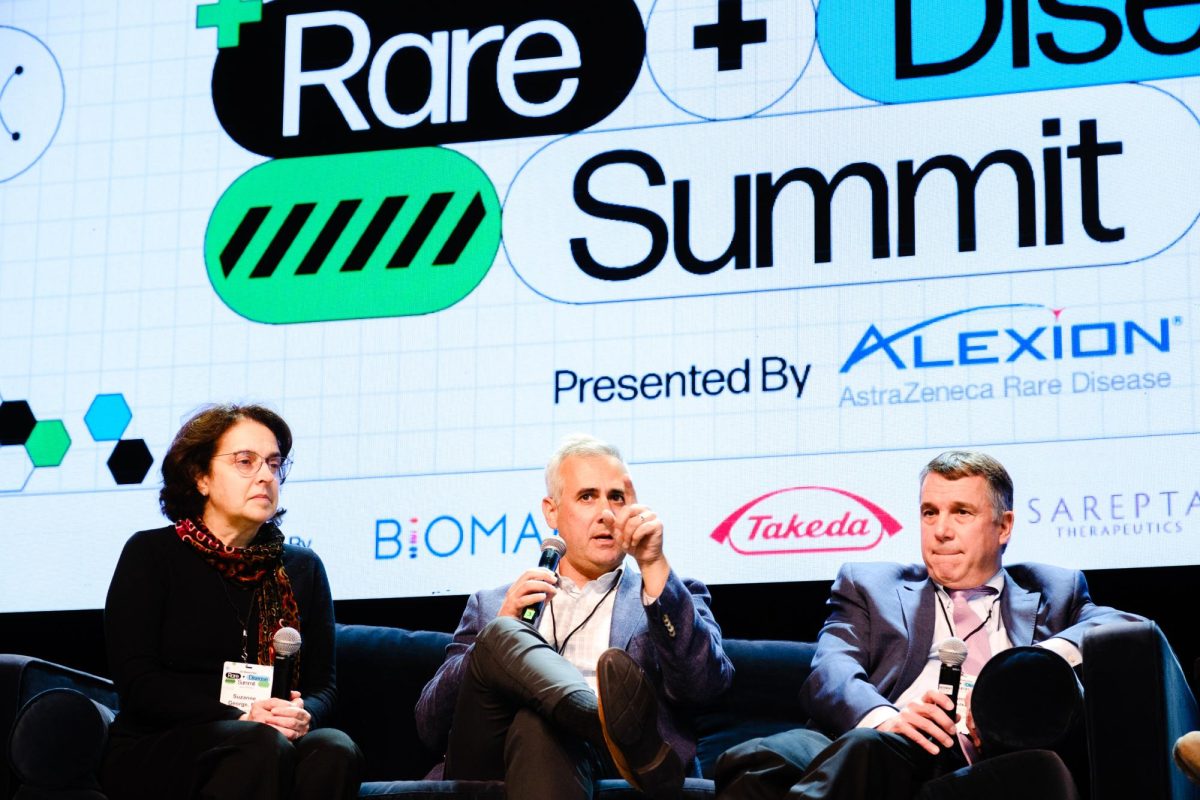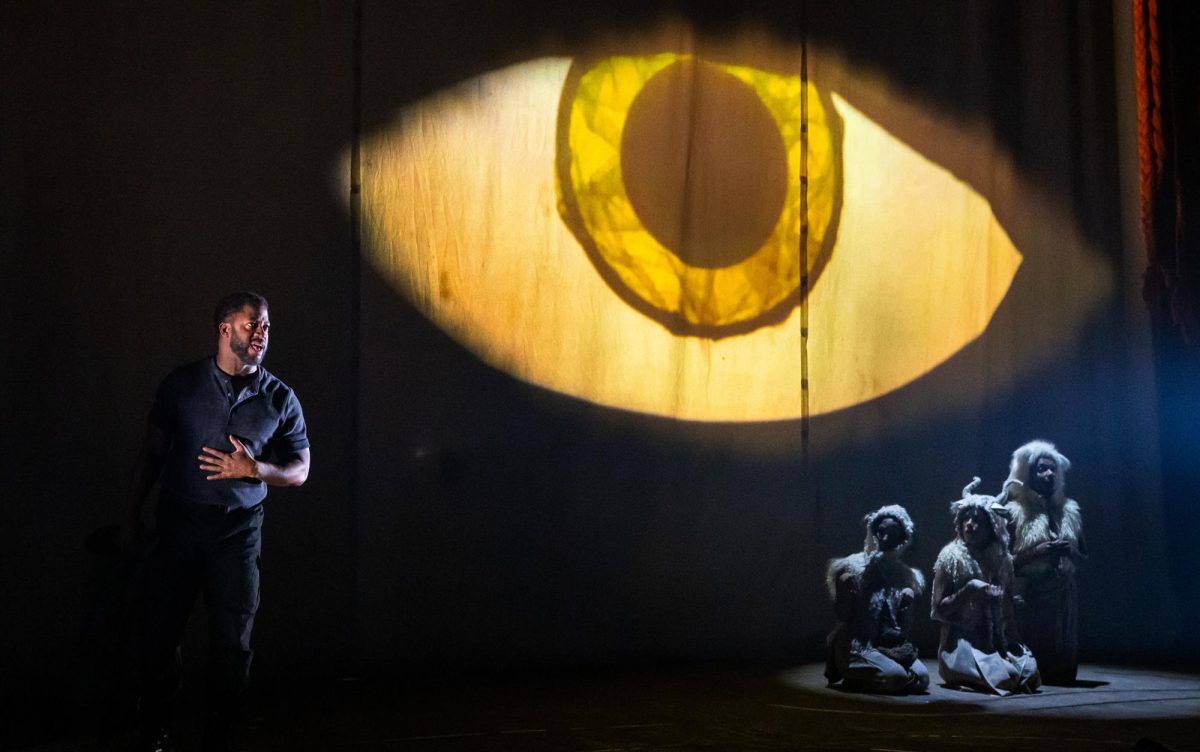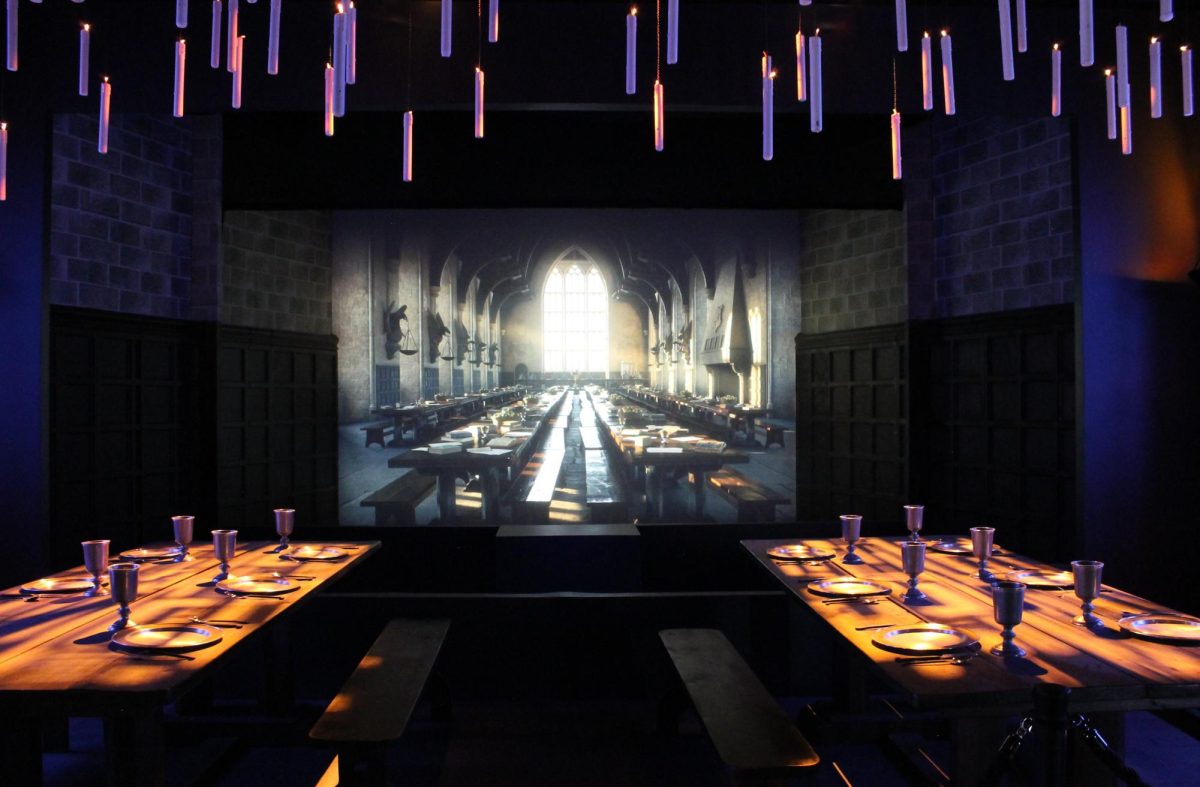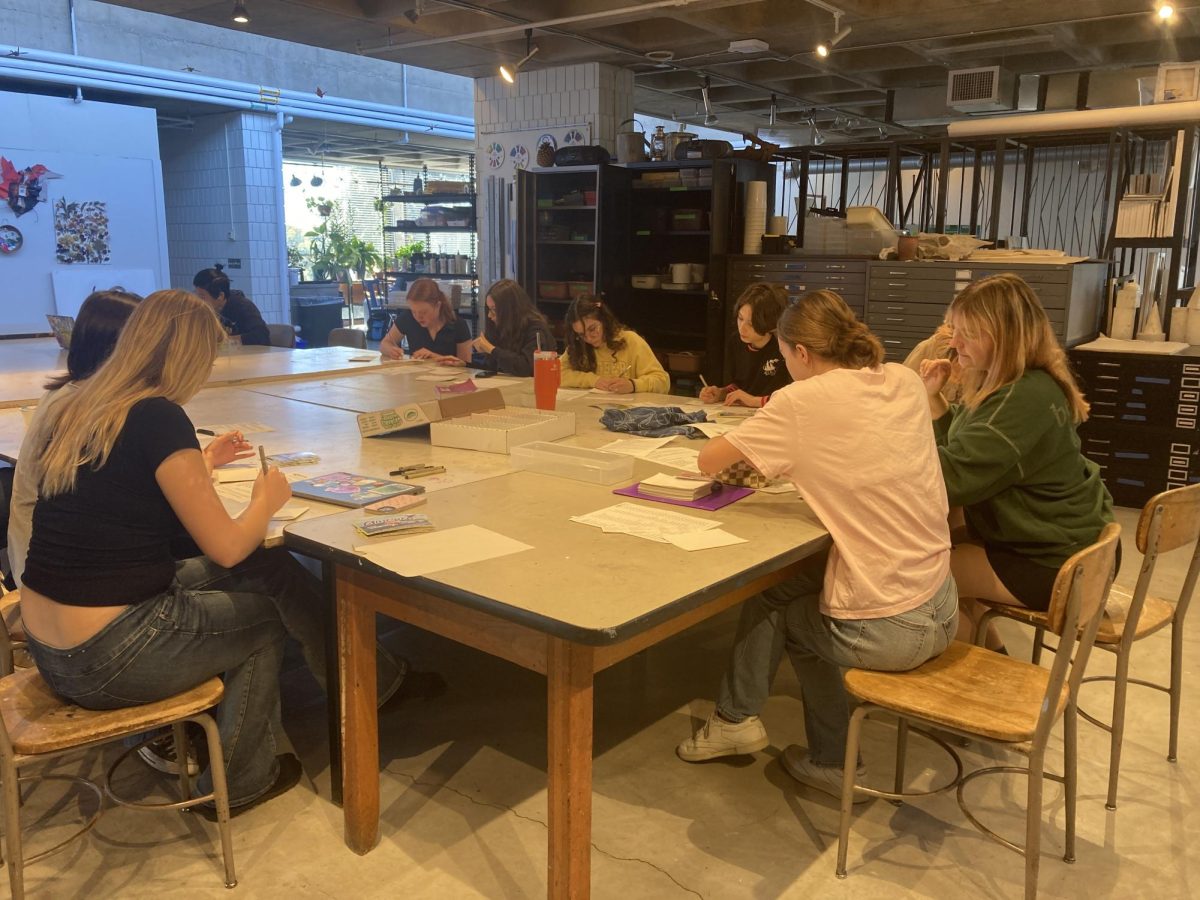The Permanent Effects of Covid-19: Losing My Grandfather
Shannon Clark from the Lobby Observer at Westborough (Mass.) High was a winner in Headliners in Education’s February/March 2021 contest for Best Pandemic Story
Photo courtesy Nancy Power for the Lobby Observer
My grandpa and I together, years before he contracted Covid-19 and passed away.
March 31, 2021
Shannon Clark from the Westborough (Mass.) High was a winner in Headliners in Education’s February/March 2021 contest for Best Pandemic Story. Best Pandemic Story. Read the original story in the Lobby Observer HERE.)
COVID-19 has been the center of our world for nine months now. We watch as the number of cases grow to astronomical quantities and similarly, so does the number of deaths. As of January 3, the United States has had over 20.6 million confirmed cases of COVID-19 and 351,680 total fatalities. On January 2, alone, 2,373 people died, 291,384 cases were confirmed, and 123,614 people were hospitalized for COVID-19. Depending on the area of the country, the rates for COVID-19 are higher or lower, and may be increasing or decreasing. However, nowhere is truly safe in the country. 
A portion of Americans are struggling to follow the CDC recommendations. Whether it is avoiding a two-week quarantine period, not wearing a mask, or holding discouraged social gatherings, some people in the country are disregarding these recommendations for selfish purposes. Personally, I have done my best to follow CDC guidelines. Have I made some mistakes? Absolutely. But after my personal experience with COVID-19, I am truly dedicated to doing my part to keep others safe.
Like so many others, I remember looking at the gargantuan numbers on TV and being stunned. I knew that number represented individual lives lost and I understood how tragic that was: I just didn’t realize how many other people were impacted based on every lost person.
In mid October, my grandmother passed away from a form of dementia. About a week prior to her passing, my dad drove from Massachusetts out to central Wisconsin where she lived. My dad’s five surviving siblings also made the trip out to the family house, which obviously brought up concerns of COVID-19. The family was forced to weigh the risk of giving COVID-19 to my grandparents against the fact that if they didn’t go, they would never see their mother again.
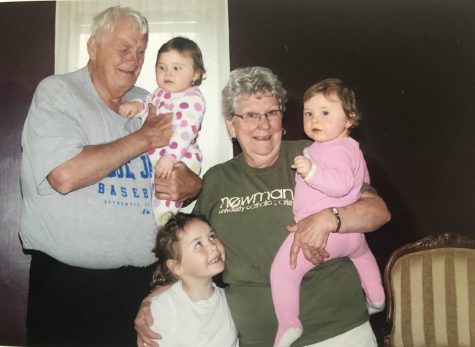
Inevitably, they all decided it was best to see their mother for the last time and decided to take the risk. Fortunately, no one contracted the virus and my dad was able to come home safely after a very small service. When coming home, he followed all CDC guidelines by self quarantining until testing negative for the virus.
Not two months later, my grandpa and aunt contracted the virus. To this day, we are baffled at how they were even in contact with anyone who had the virus since they didn’t leave the house. But because they both had underlying conditions, they were at a severely increased risk for complications. Regardless, my family constantly checked in on them to make sure their symptoms did not drastically change throughout their bout of the virus.
About two weeks in, my grandpa began to develop a bad cough. He begged my aunt not to bring him to the hospital, but considering his age and underlying conditions, it was only logical. For two days, my grandpa was in a hospital room alone, with oxygen supporting his breathing. My uncle, the primary caretaker for my grandparents, had to fight his way in to see my grandpa for a mere 30 minutes. After a couple more days in the hospital by himself, my grandpa’s health continued to spiral downward which left no other option than to transport him home. As soon as this news broke, my dad once again drove 19 hours out to the COVID-19 hotspot to be with his dad in his final moments.
One of my cousins came up with the idea for the rest of the family to join a Zoom call to cheer for my grandpa when he arrived home. When the call began, there was a device set up by the front door of his house. The scene was straight out of a movie: everyone in the house was wearing yellow surgical gowns, gloves, masks, and face shields or goggles. Only a few people were allowed in the same room as my grandpa at a time, and my aunt who had the virus remained in her room for the majority of the time.
COVID-19 is the reason why my grandpa had to use an oxygen mask to take his final breaths, why my dad, aunts, and uncles, had to wear surgical gear to visit their ailing dad, why we had to watch my grandparent’s services through a livestream. Most memorably, COVID-19 is responsible for my whole family only being allowed to say goodbye to our loved ones through a screen.
This story is a perfect example of why human connection is vital to our lives. We depend on each other to help support us during the difficult times and celebrate during the victories. In this case, with the proper precautions that were taken, the human connection was more important than risking contracting the virus. But in many cases, precautions are not taken, leading to more heartbreaking situations.
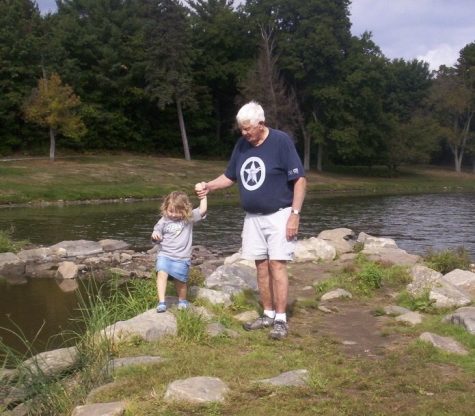
Practicing social distancing and following the CDC guidelines are continually becoming more difficult as the annual “cold and flu” season approaches during the winter months. The cold weather draws people indoors, meaning a greater opportunity for the virus to spread. In addition, concerns around the effects of the holiday season are still in question. Between the December holidays and the start of the New Year, there have certainly been an increased number of celebrations and social gatherings. Via social media, I have witnessed groups of people together who are not wearing masks and aren’t properly social distancing. Now some of these people may have taken the precautions to be tested and safely come together during the holidays, but chances are low that was what actually happened.
One perspective I have been exposed to is “the vaccine is coming so we don’t have to worry.” This way of thinking combined with the impatience and frustration that so many Americans have been harboring since March is resulting in reckless behavior such as improper social gatherings. And as many medical professionals have pointed out, the general public won’t receive the vaccine for months. That means until then, particularly during the winter months, we must continue to do our part to take care of one another and ourselves by following the guidance of the CDC.
*The New York Times has an interactive page that is updated daily with COVID-19 information, including breakdowns by state. I used this source for my research and is a great resource for updated statistics.
–HiE–

